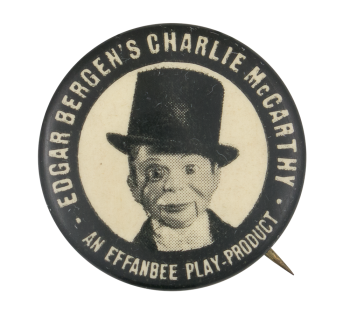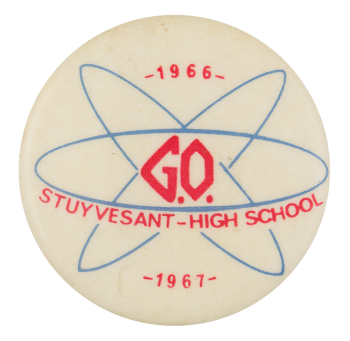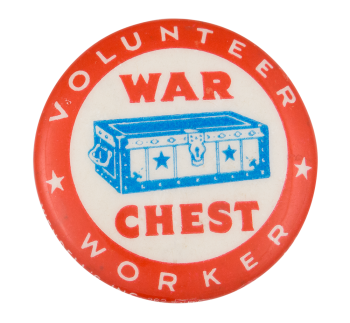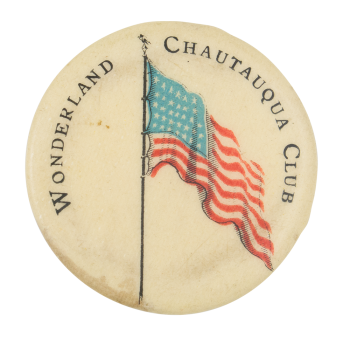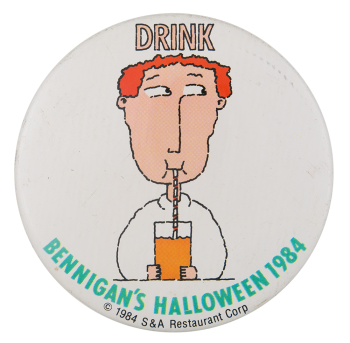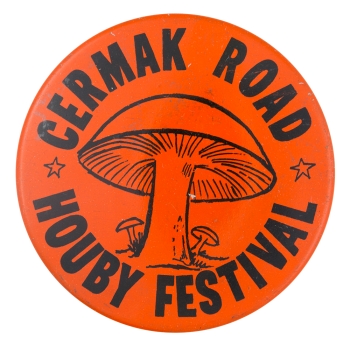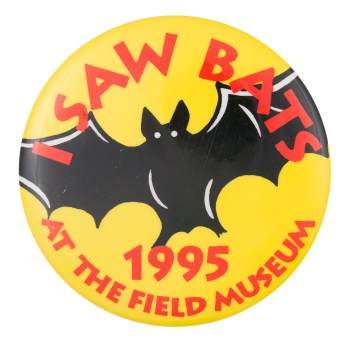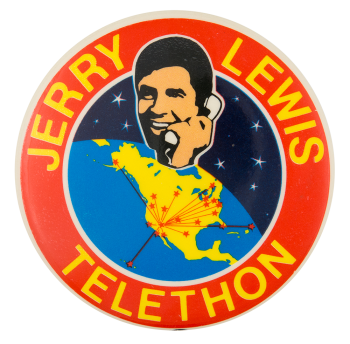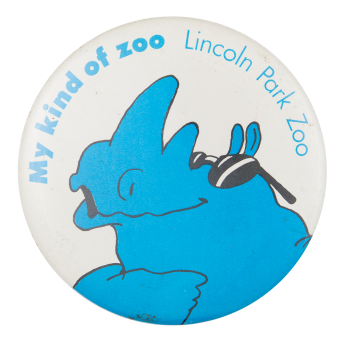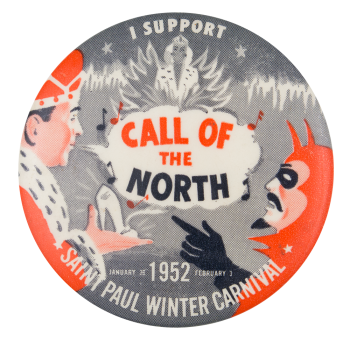Charlie McCarthy Effanbee
| Category | |
|---|---|
| Additional Images | |
| Sub Categories | |
| Text on Button | EDGAR BERGEN'S CHARLIE McCARTHY - AN EFFANBEEPLAY-PRODUCT |
| Image Description | Illustration of a ventriloquist doll wearing a monocle and top hat inside a white circle. White text on a black outer ring. |
| Curl Text | SER. NO. 396708 |
| Back Style | |
| The Shape | |
| The Size | |
| Additional Information | Edgar Bergen (1903-1978) was an American ventriloquist and radio comedian who often acted as the foil of his puppet partner, Charlie McCarthy. Though Bergen created him during his years in high school, Charlie was first introduced to audiences in 1936 on American singer and actor, Rudy Vallée's radio program. Recognized for his famous top hat, monocle, and tuxedo, Charlie had the personality of a mischievous and wisecracking little boy whose banter with Bergen became a national hit. Bergen and Charlie's dynamic was so successful that the duo were given cast roles as part of the Chase and Sanborn Hour, which over time became one of radio's highest rated programs. The show remained a hit up until its end when it left the air in 1956. In addition, Bergen also brought Charlie to CBS for a new weekly program, The Charlie McCarthy Show, which also enjoyed success with audiences. Upon the shows conclusion, Bergen and Charlie made numerous appearances on a variety of talk shows and performances. |
| Sources |
Original Charlie McCarthy ventriloquist dummy used by Edgar Bergen. (n.d.). National Museum of American History. Smithsonian. Retrieved November 24, 2024, from https://americanhistory.si.edu/collections/object/nmah_663756
|
| Catalog ID | AD0730 |

